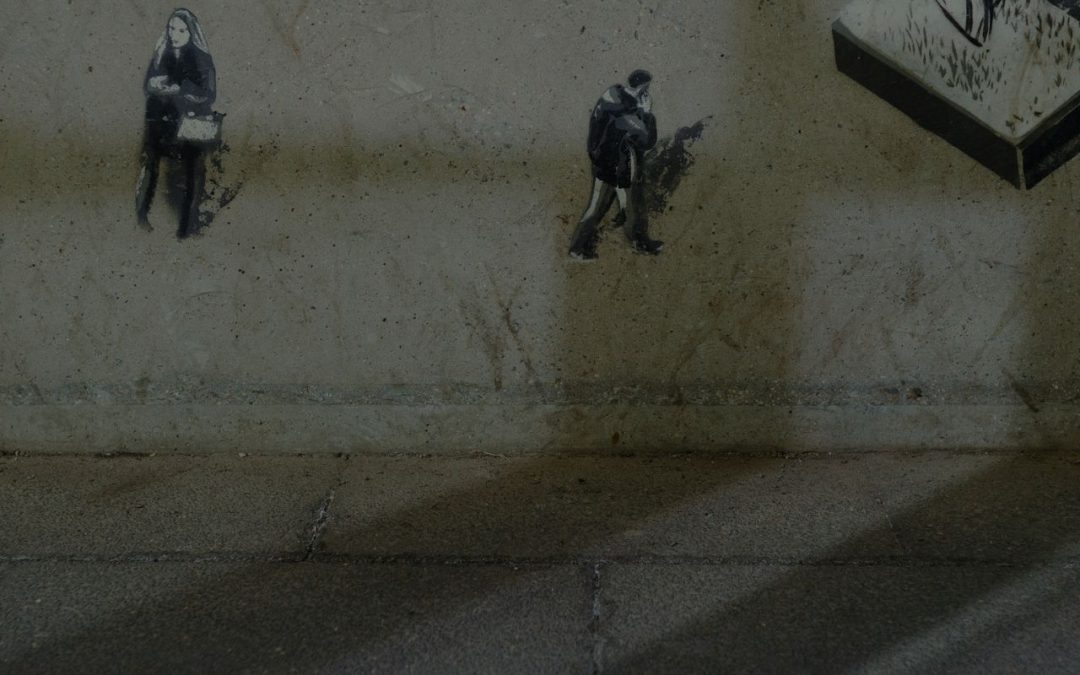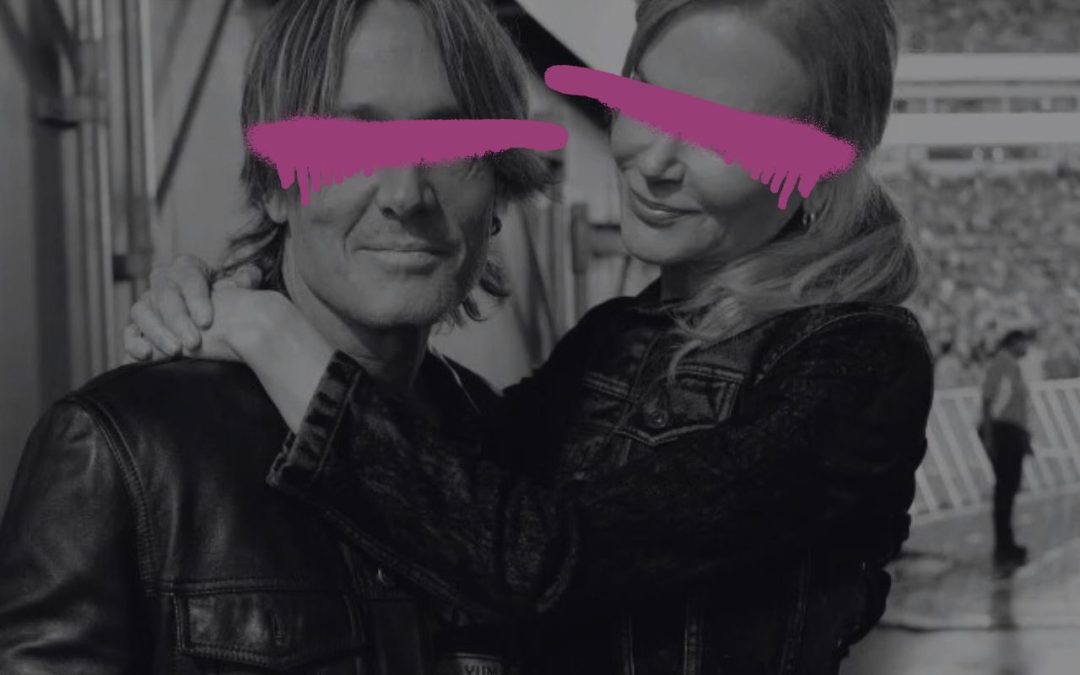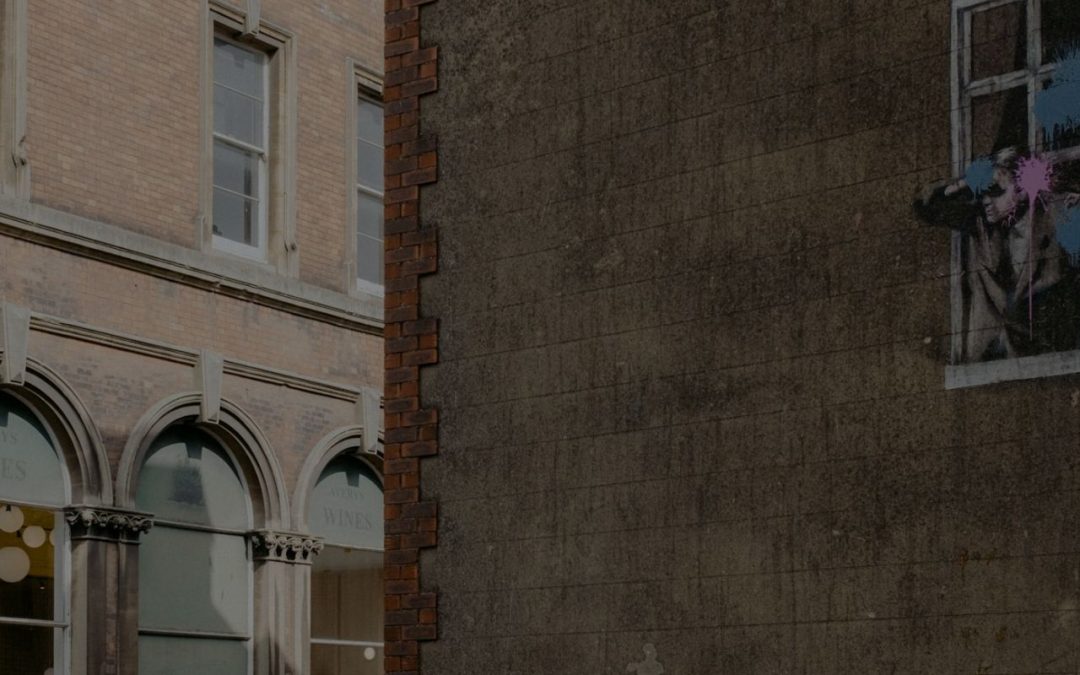The Outback Wrangler, Matt Wright, went from Netflix famous to potential convicted criminal within a matter of months. The man who once compared himself to Australia’s national treasure, Steve Irwin, is now charged with serious offences relating to the helicopter crash that killed his best friend and co-host Chris “Willow” Wilson.
Interestingly, it was photographs and videos taken by tourists that assisted police in securing a warrant for Wright’s arrest.
Police allege that disconnecting the hours meters in helicopters is a regular practice by Wright’s company, Helibrook. Records to the Civil Aviation Safety Authority (CASA) indicate that VH-IDW, the helicopter involved in the crash, was not in use on the day of the crash. However, videos and photographs from tourists prove otherwise.
There is also video evidence of another incident involving a different Helibrook helicopter. In this instance, the helicopter attempted to land to refuel after taking off for a scenic flight from Wright’s Top End Safari Camp. Based on footage, police will put forward that an alarm sounded before the helicopter fell approximately 10 metres before making a rough landing.
The incident was recorded by one of the three tourists aboard the helicopter, and police will allege that Wright was informed of this. It is also alleged that after watching the footage, Wright requested that the tourists keep the recording to themselves, before treating the tourists to complimentary alcohol and refreshments.
The question that arises is, why did Wright choose to ask the tourists to keep the recording to themselves instead of forcing them to delete the footage?
To answer this question, we must first ask the crucial question; does someone have the right to stop you from taking photographs and videos (not to suggest that the latter would have been lawful or morally right either)? Or if you have already done so, can they stop you from publishing the product of the photography?
To answer this question, we have to look to the laws governing privacy in Australia.
The Right to Privacy
Many of us have wrongfully believed that we have a right to privacy. We may think to the Privacy Act of 1988 and be lulled into a false sense of security, believing that we do in fact have such a right.
However, the truth is, the Privacy Act 1988 (Cth) only governs the way in which businesses and Government agencies must handle personal information; it has nothing to do with your privacy in the public eye.
Whilst Australians do not have an explicit right to privacy, we could look to contract terms, legislation and common law for protection of privacy in certain circumstances.
Protection of Privacy
Model Release Forms
Companies are prohibited from using images of individuals for the promotion of goods and services without their permission as this would be considered misleading and deceptive conduct under the Australian Consumer Law.
A Model Release Form would need to be signed by every person in the photograph if the photographer seeks to sell or use the photograph for promotion, advertising or other commercial purposes.
Non-Disclosure Agreements (NDAs)
NDAs on the other hand are confidentiality agreements that protect the proprietary and confidential information of a person. This includes any information that could identify the client or details of the relationship with the client.
Some event photographers now have Social Media Privacy and Non-Disclosure Agreement (NDA) options. These are designed to maintain privacy in instances of high-profile positions, past relationships or protection of children’s identities.
Terms and Conditions of Commercial Activities
It is a common misconception that activities open to the public such as concerts and sporting events are ‘public’ in nature. However, when you purchase a ticket for admission, you are essentially entering into a contract with the organisers – you agree to abide by their rules, and in return, they allow you into the event. Hence why you may be asked to leave or be escorted out if you breach any rules or terms of the contract.
Therefore, as part of the terms and conditions of entry, organisers can ban or limit the right to photograph people and activities at these events.
Surveillance Devices Act 2007 (NSW) (‘SDA 2007’)
Sections 7 and 8 of the SDA 2007 prohibit the use, installation or maintenance of listening devices and optical surveillance devices on private property. Pursuant to section 4(3), a device is not precluded from the definition of a ‘listening device’ merely because it is also capable of recording or transmitting visual images. This definition would include video cameras, including the camera feature on smartphones.
This means that any image, video or conversation obtained by way of trespass would attract penalties under the Act.
Tort of trespass to land
If someone takes a photograph or video of you while you are on private property, such as a residential property, business venue, shopping centre or in store, the tort of trespass to land may apply.
That is, provided you did not consent to them being on your land.
Now you may think to the many unflattering or scandalous photographs of celebrities on their private properties and wonder how those could be legally published.
Interestingly (or scarily) someone could take a photograph or video of you as long as they are on public land, or if they have sought permission to be on private property for the purposes of taking those photographs and videos.
The reason why they can take photos of you while on public land is because there is no freedom from view (Victoria Park Racing and Recreation Grounds Co Ltd v Taylor (1937)). Therefore, anything that can be seen by the naked eye when you are out in public is capable of being photographed.
Nonetheless, it is important to note that the intention behind why those photographs are being taken also carries great weight. Photographs or videos obtained through criminal acts such as stalking, harassing or any other prohibited method for the purposes of voyeurism or other unlawful reasons would attract penalty under criminal legislation.
However, subject to the above, you may be left with no recourse at all.
Airspace above Private Property
Now that we know someone is able to take and use products of photography that are taken in a public space – we will go back to the incident involving Wright’s helicopter.
This incident occurred in the airspace above Wright’s Top End Safari Camp, meaning that the land is private property. However, what about the airspace above the private property?
The courts have determined that a property owner owns the airspace above their property that is necessary for the ordinary use and enjoyment of their land. Hence why aeroplanes and helicopters are able to fly in the airspace above most private properties – because it would fall outside the scope of the ‘ordinary use and enjoyment’ of those properties.
Given that helicopter rides are part of the experience at Wright’s Top End Safari Camp, do you think that the airspace above that private property would fall into the scope of the ‘ordinary use and enjoyment’ of the land?
If so, do you think that Wright could have injuncted the video from being published by way of court order?
The right to privacy in Australia is not clear cut for lack of legislation governing this area.
For any queries about privacy issues you may be facing, speak to one of our experienced solicitors on (02) 8080 7585.




